Astronomers Spot Ancient, Freezing Exoplanet with James Webb Space Telescope
Scientists have unveiled a groundbreaking discovery with the James Webb Space Telescope (JWST).
For the first time, JWST has directly imaged an exoplanet that had not been previously captured by ground-based telescopes. This marks a significant milestone in the study of distant worlds beyond our solar system.
Meet Epsilon Indi Ab: The Super Jupiter
The newly discovered exoplanet, Epsilon Indi Ab, is located just 12 light-years away. Classified as a “super Jupiter,” it has a mass more than six times that of Jupiter.
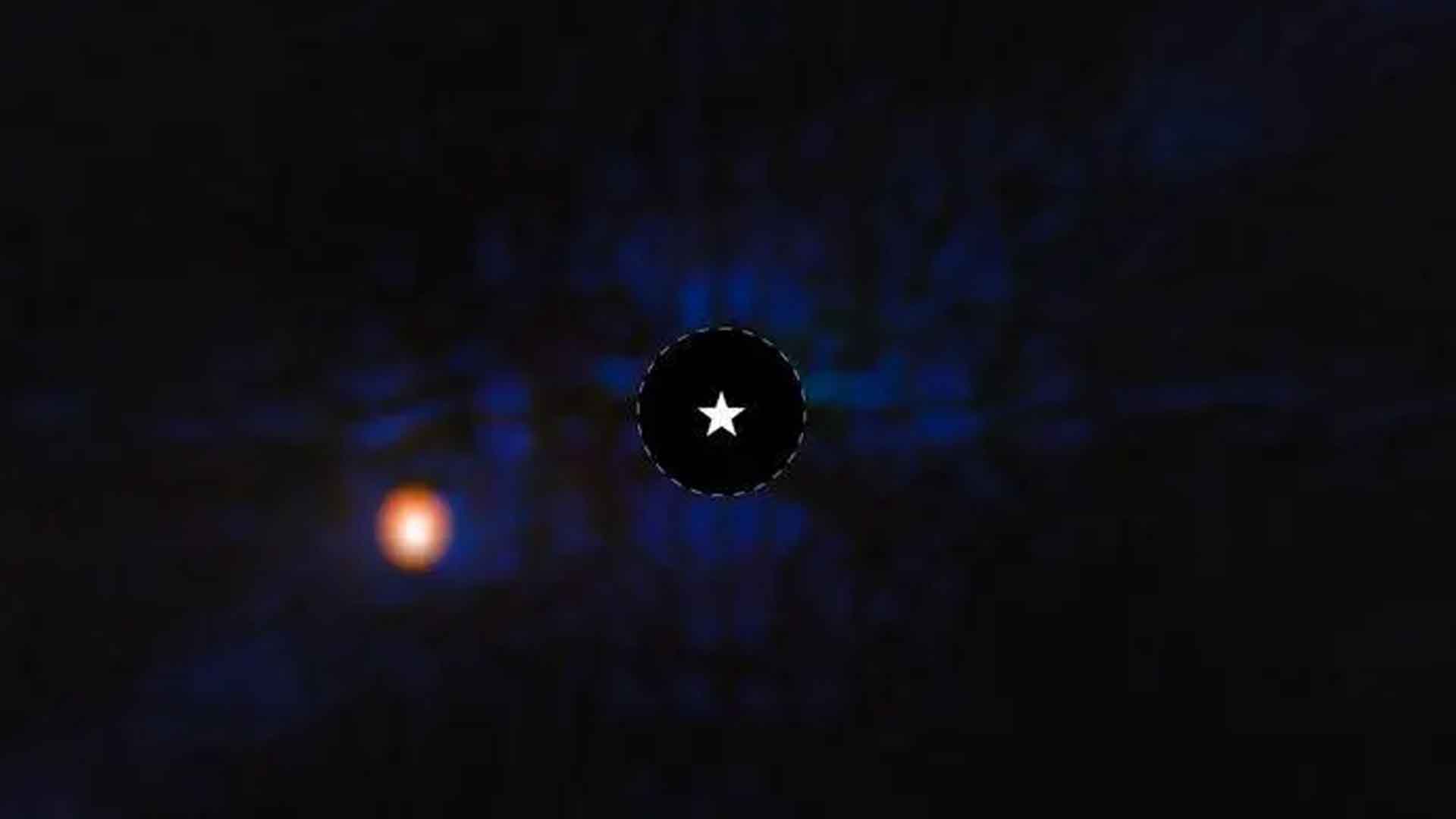
Source: NASA, ESA, CSA, STSCI, E. MATTHEWS (MAX PLANCK INSTITUTE FOR ASTRONOMY)
What makes it particularly intriguing is its freezing surface temperature of around 32 degrees Fahrenheit.
A Surprise in the Indus Constellation
Epsilon Indi Ab orbits its host star, Epsilon Indi A, a bright sun-like star in the southern hemisphere’s Indus constellation.
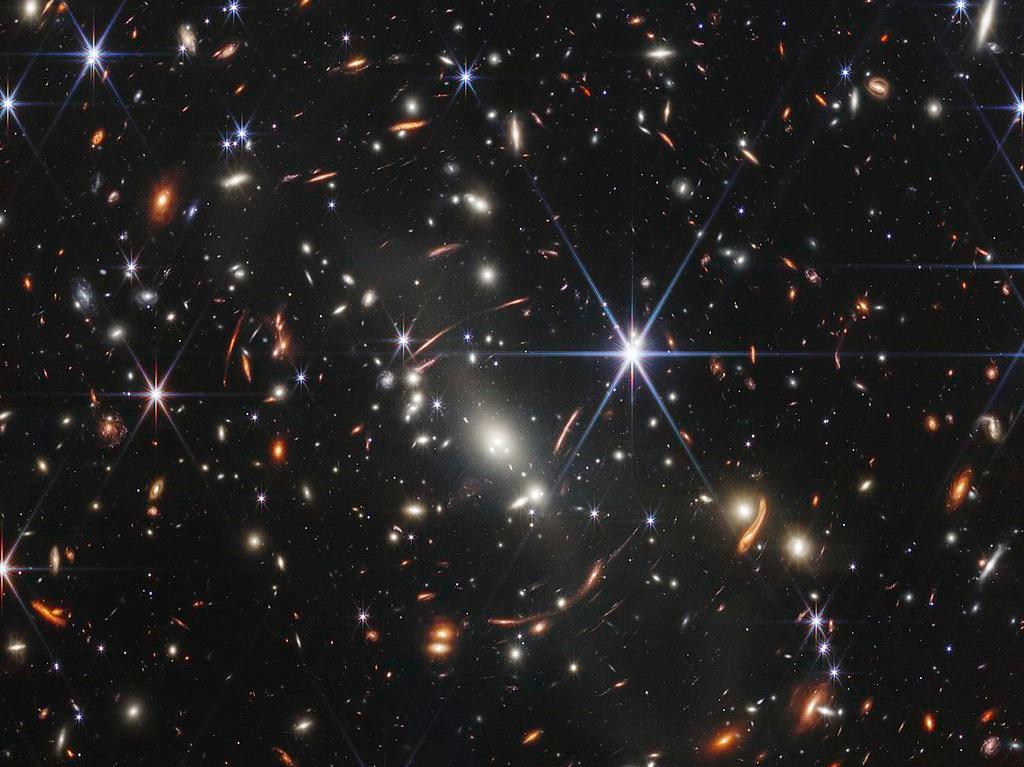
Source: Wikimedia
This star appears orangey to the naked eye and has long been suspected of hosting a planet. However, the true nature of this planet has only now been revealed by JWST.
The Coldest Gas Giant Discovered
Epsilon Indi Ab stands out due to its extreme coldness compared to other known gas giants.
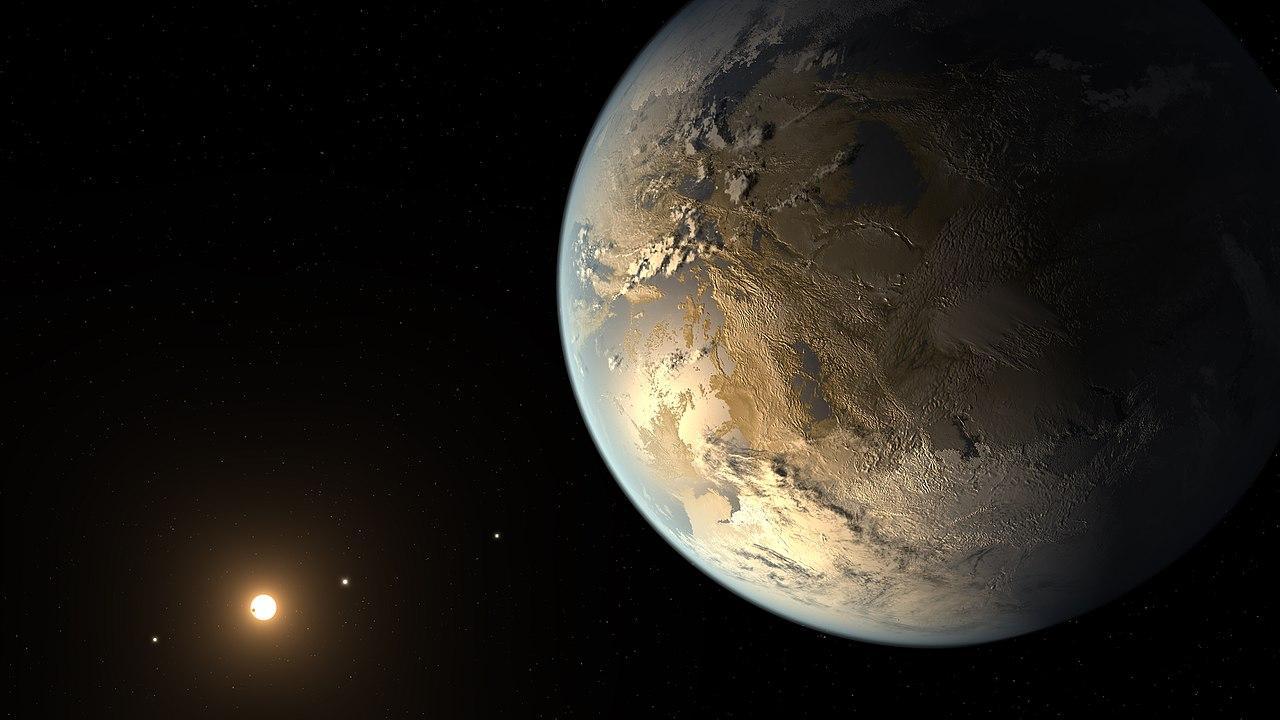
Source: Wikimedia
Orbiting about 15 times further from its star than Earth does from the sun, this planet takes several decades to complete one orbit, similar to Neptune in our solar system.
Advanced Imaging with JWST
The discovery was made possible using JWST’s MIRI instrument, which excels at detecting infrared light from cold objects.
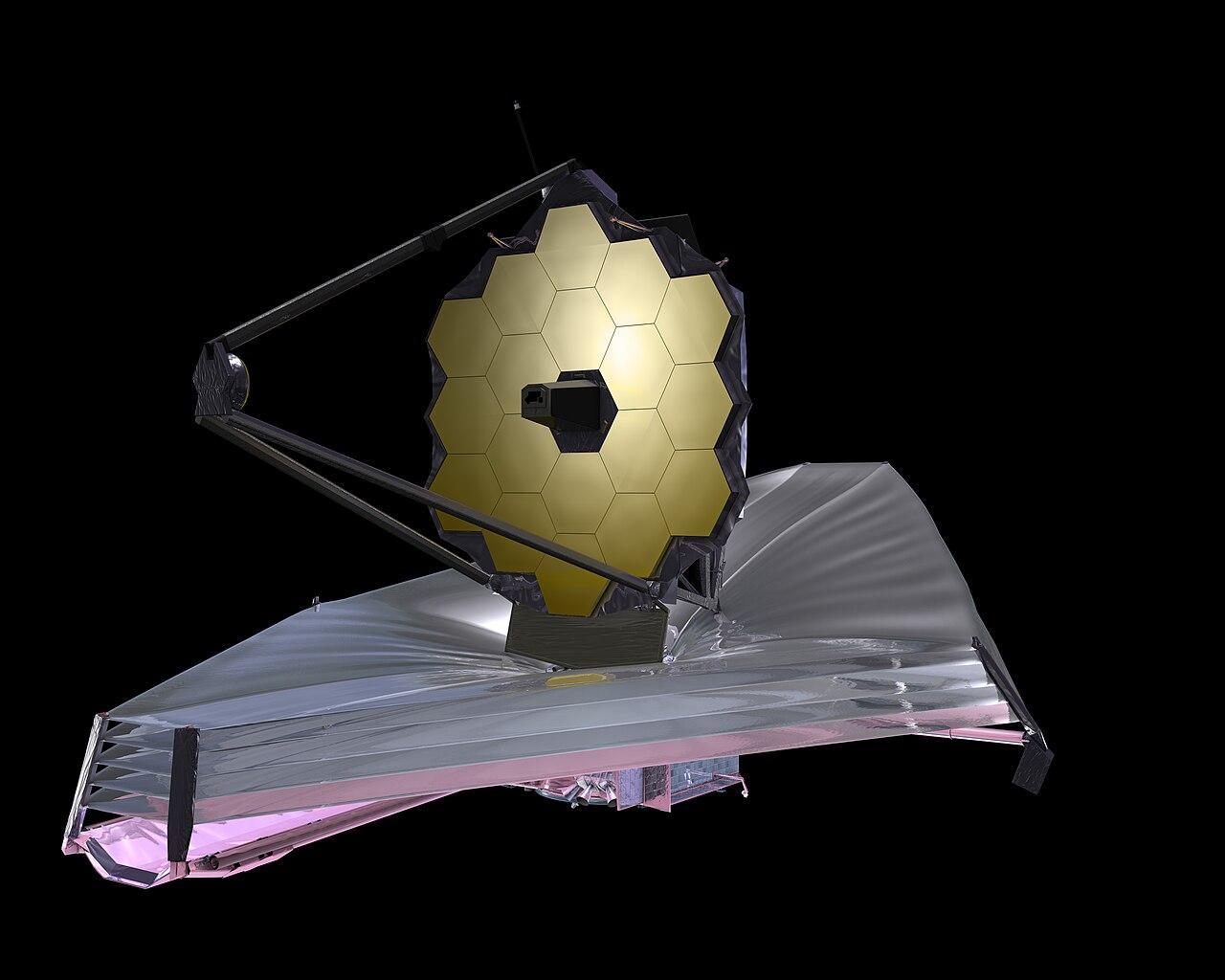
Source: Wikimedia
Equipped with a coronograph, MIRI can block out starlight, allowing astronomers to study the planet without interference from its host star.
Close Proximity Helps Discovery
Epsilon Indi Ab’s proximity to our solar system was a key factor in its detection.
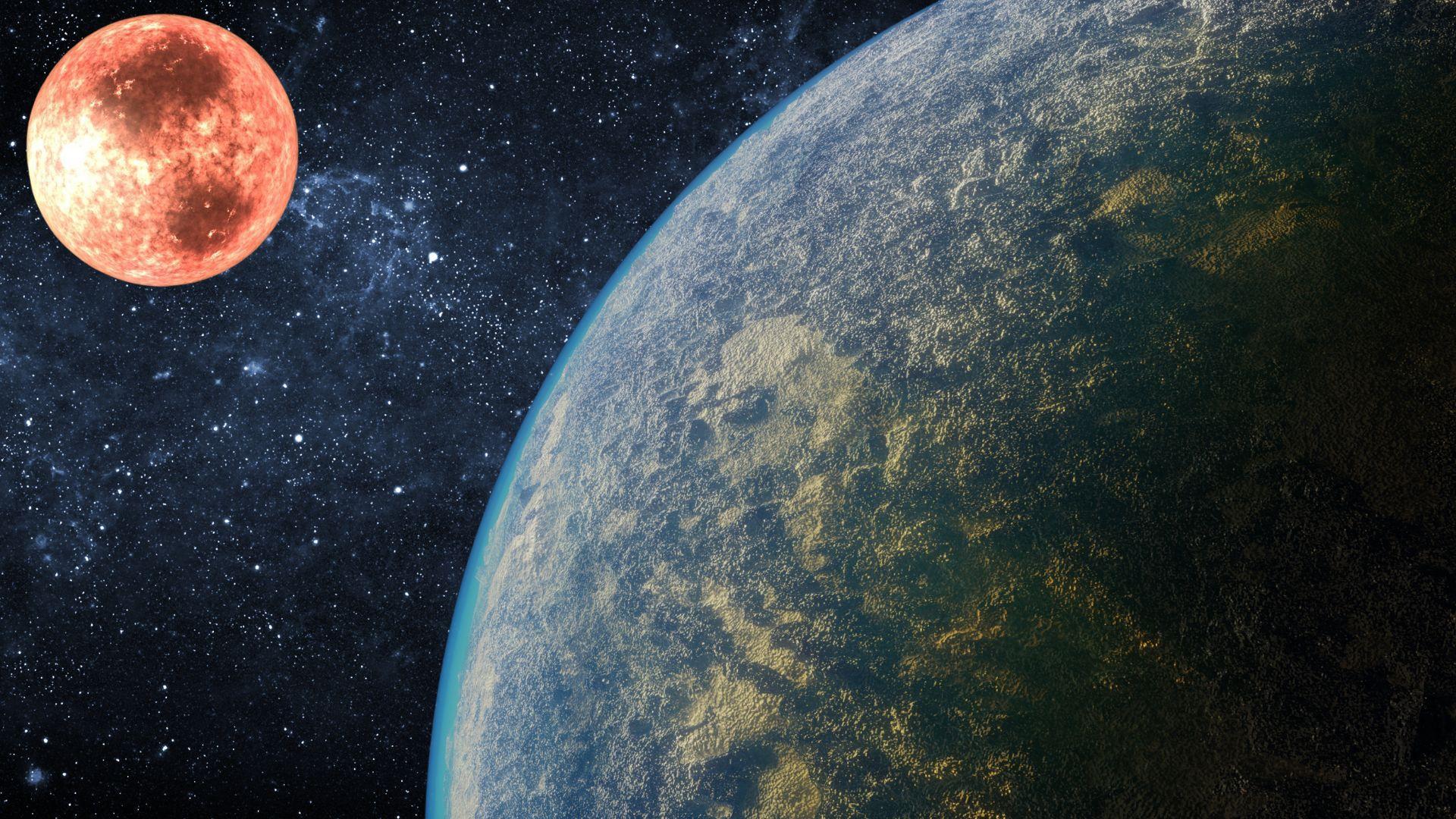
Source: Canva/Canva/Wikimedia
The closer distance allowed for a larger separation between the star and the planet, giving JWST a better chance to mitigate the star’s brightness and capture clear images.
Unexpected Findings
Dr. Elisabeth Matthews from the Max Planck Institute for Astronomy led the research team.

Source: Wikimedia
She noted their surprise when the bright spot in the MIRI images did not match the expected position. Previous studies had underestimated the planet’s mass and its exact location in the star system.
Comparison with Other Super Jupiters
Although Epsilon Indi Ab is a rare find, it is not the closest “super Jupiter” to our solar system.
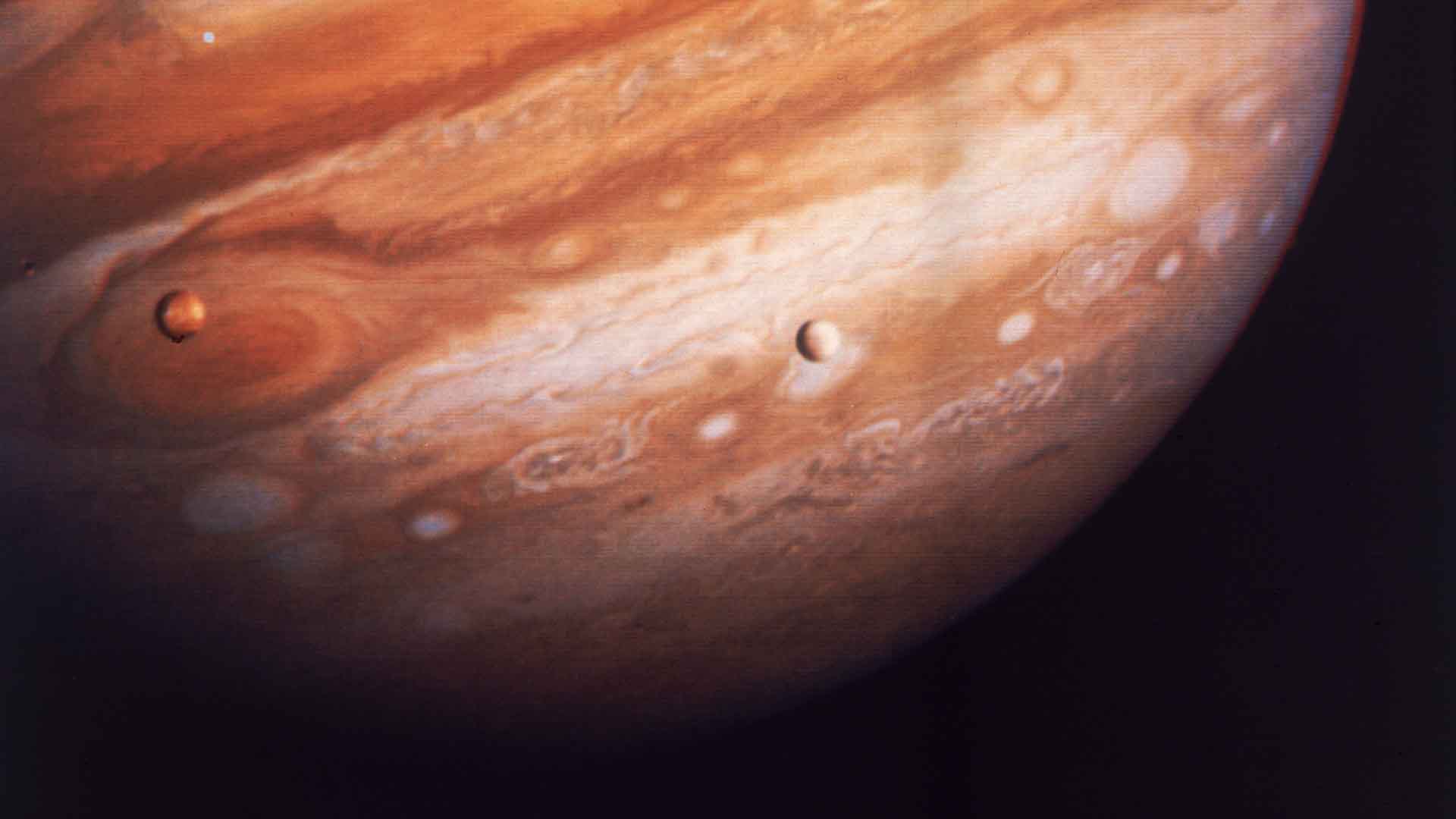
Source: Space Frontiers/Hulton Archive/Getty Images
That title belongs to Epsilon Eridani b, located 10.5 light-years away in the constellation Eridanus, known as “the river.”
Significance of the Discovery
This discovery adds a significant piece to the puzzle of planetary formation and evolution.
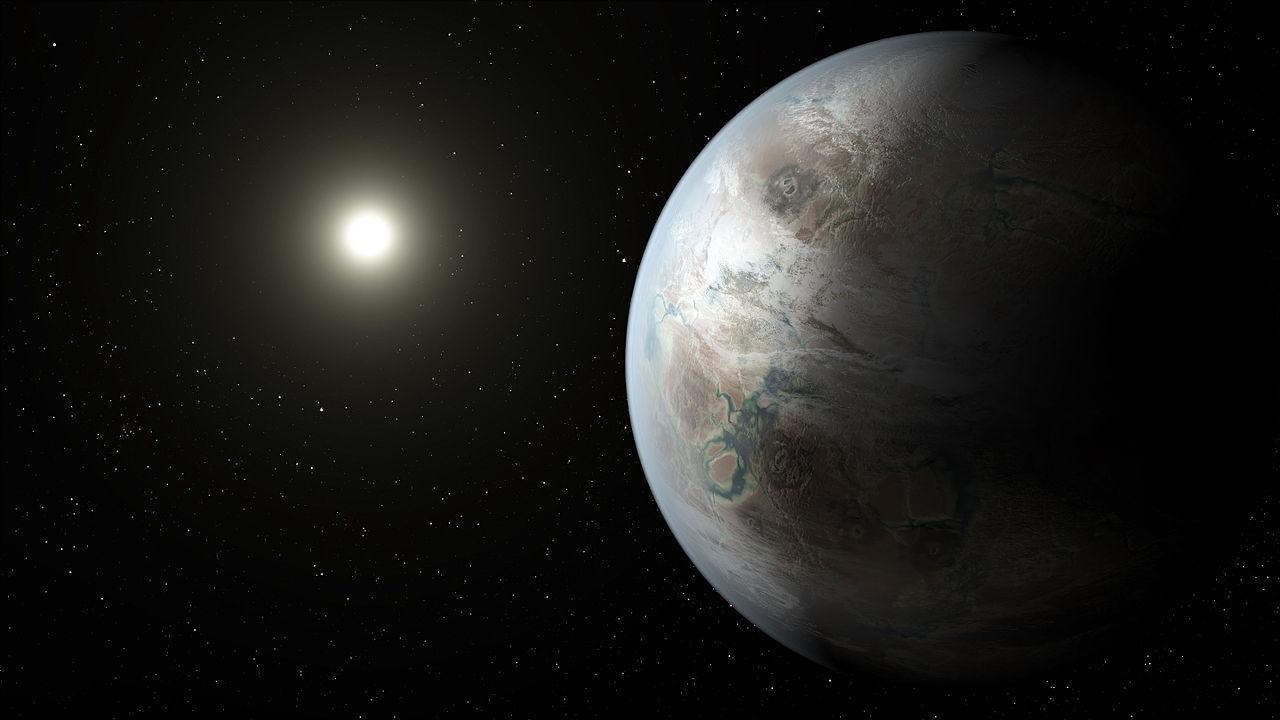
Source: Wikimedia
It offers new insights into the diversity and characteristics of exoplanets, expanding our understanding of distant worlds.
The Role of JWST in Astronomy
The James Webb Space Telescope continues to revolutionize astronomy with its advanced imaging capabilities.
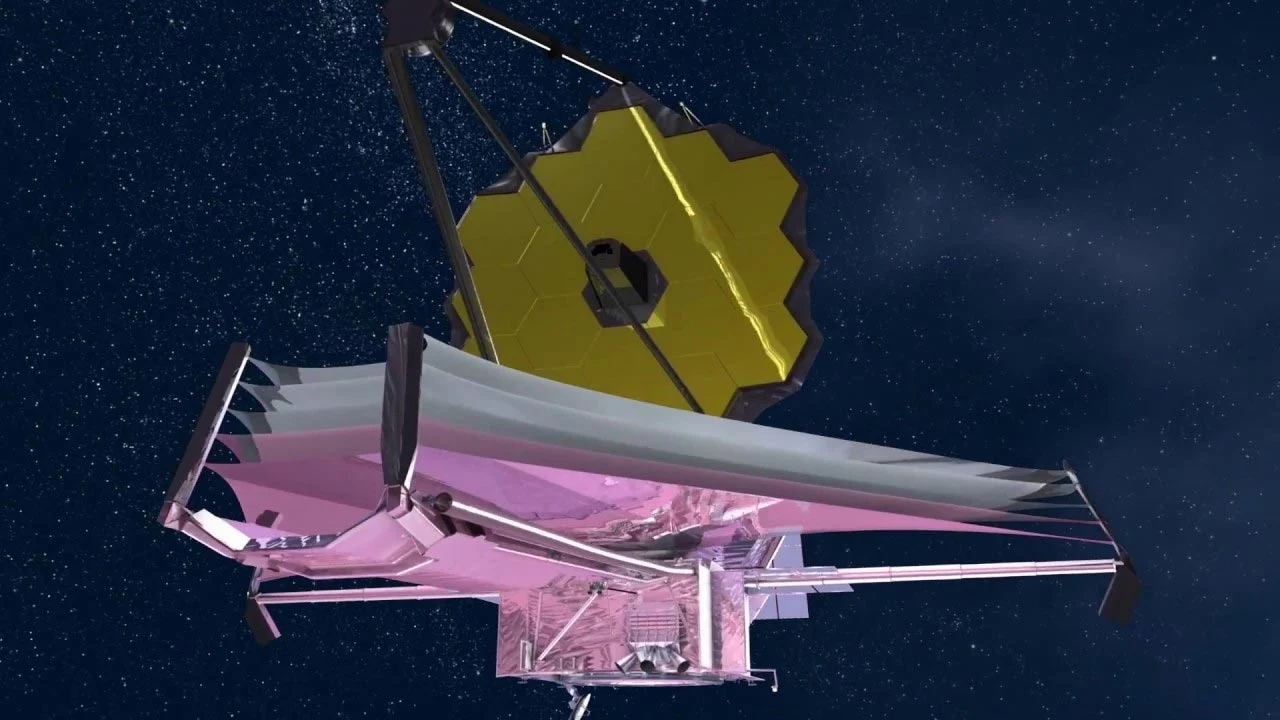
Source: NASA
Discoveries like Epsilon Indi Ab demonstrate JWST’s potential to uncover new and unexpected details about our universe.
Quotes from the Researchers
“We were excited when we realized we had imaged this new planet,” said Dr. Elisabeth Matthews.
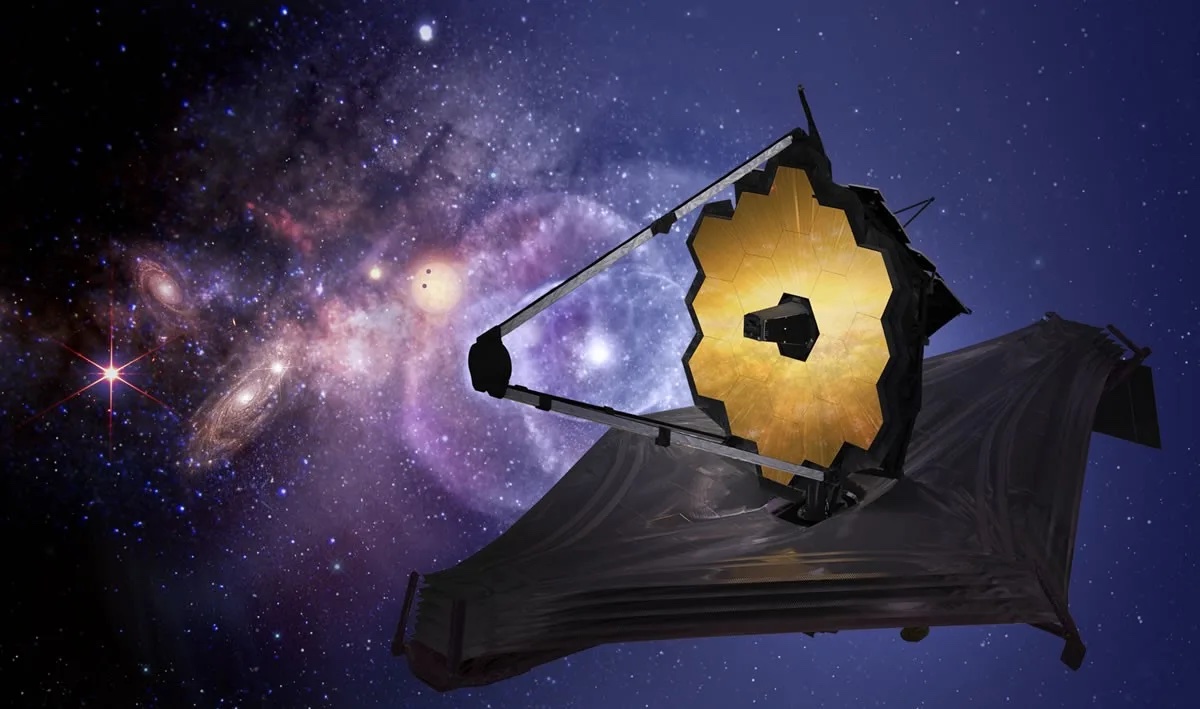
Source: NASA
“To our surprise, the bright spot that appeared in our MIRI images did not match the position we were expecting for the planet.”
Long-Term Research Goals
The research team aims to measure the light reflected off Epsilon Indi Ab to determine its atmospheric composition and climate.

Source: Wikimedia
This will potentially help astronomers understand more about the formation and evolution of gas giants.
